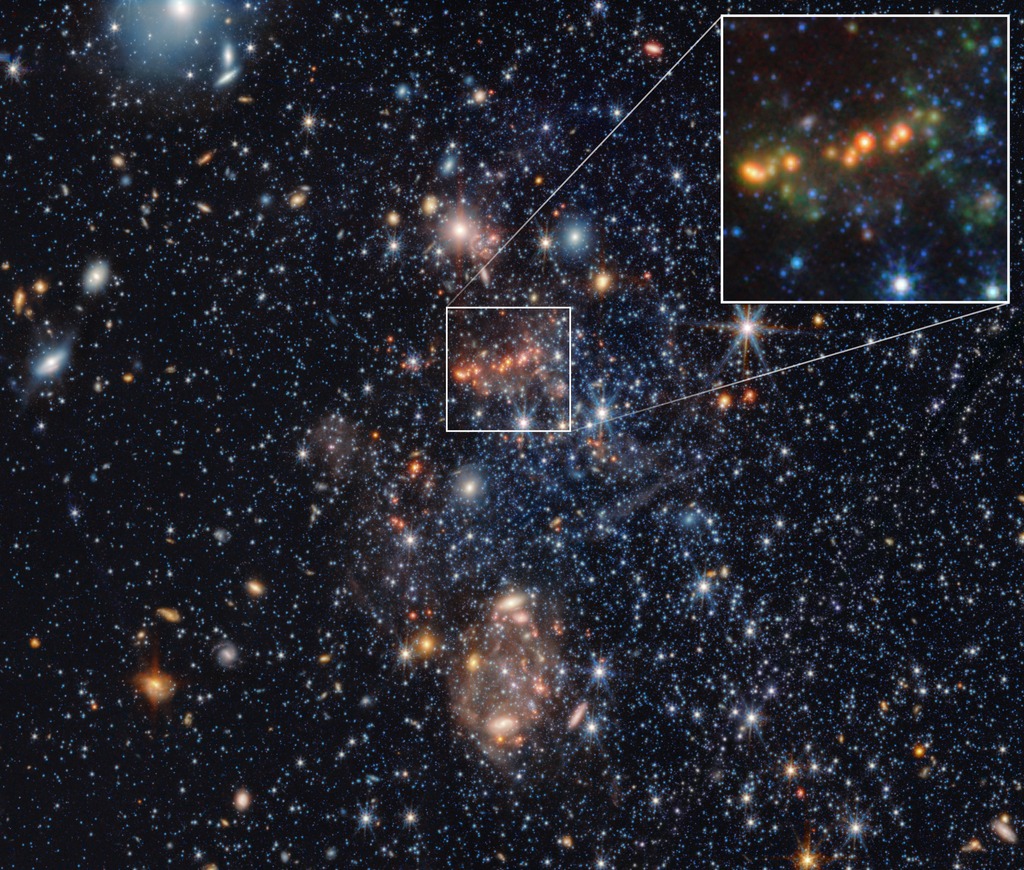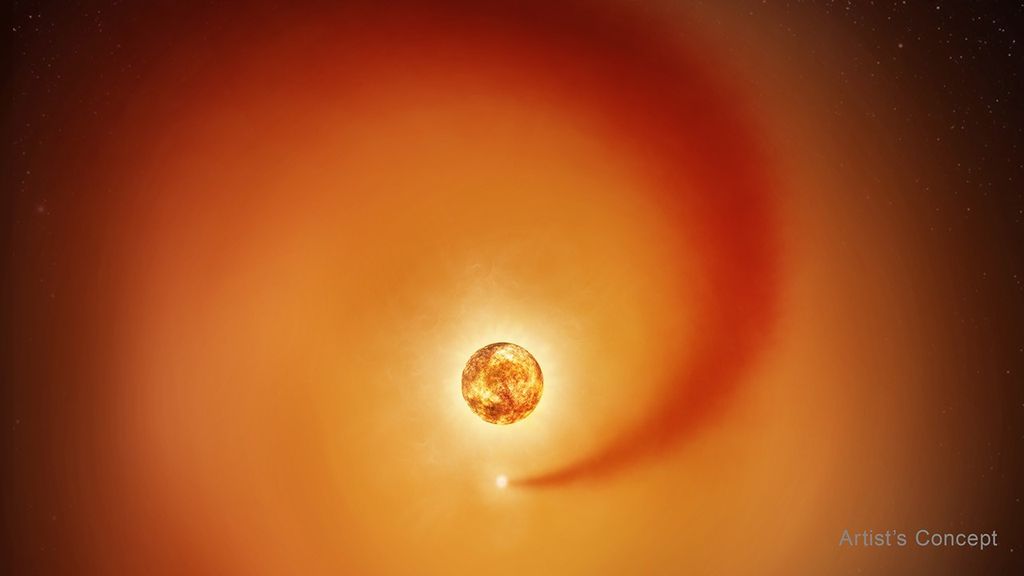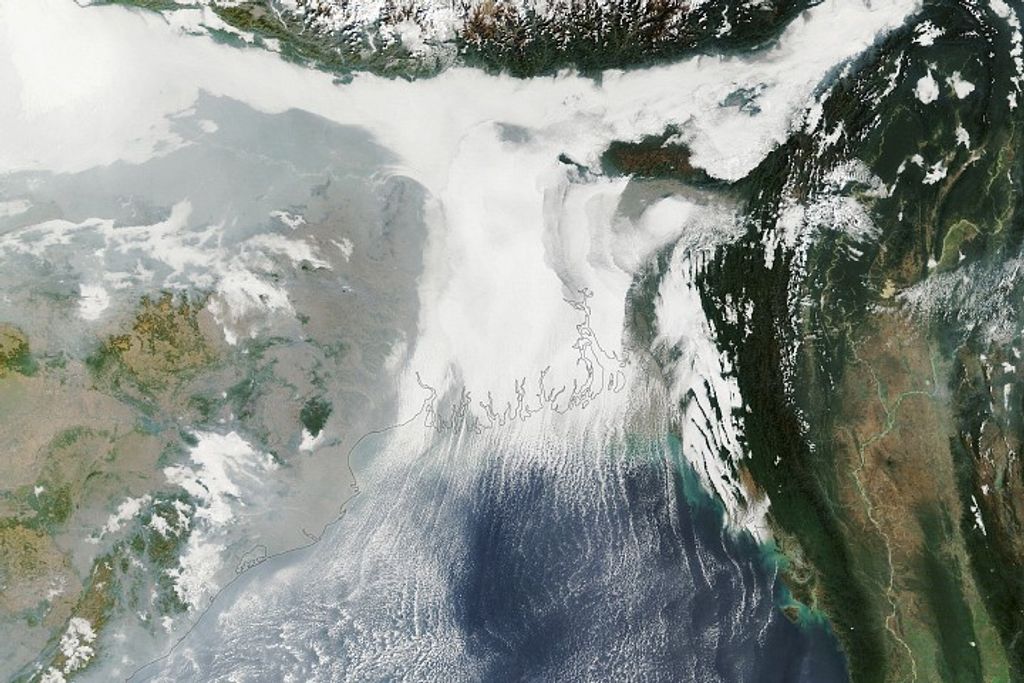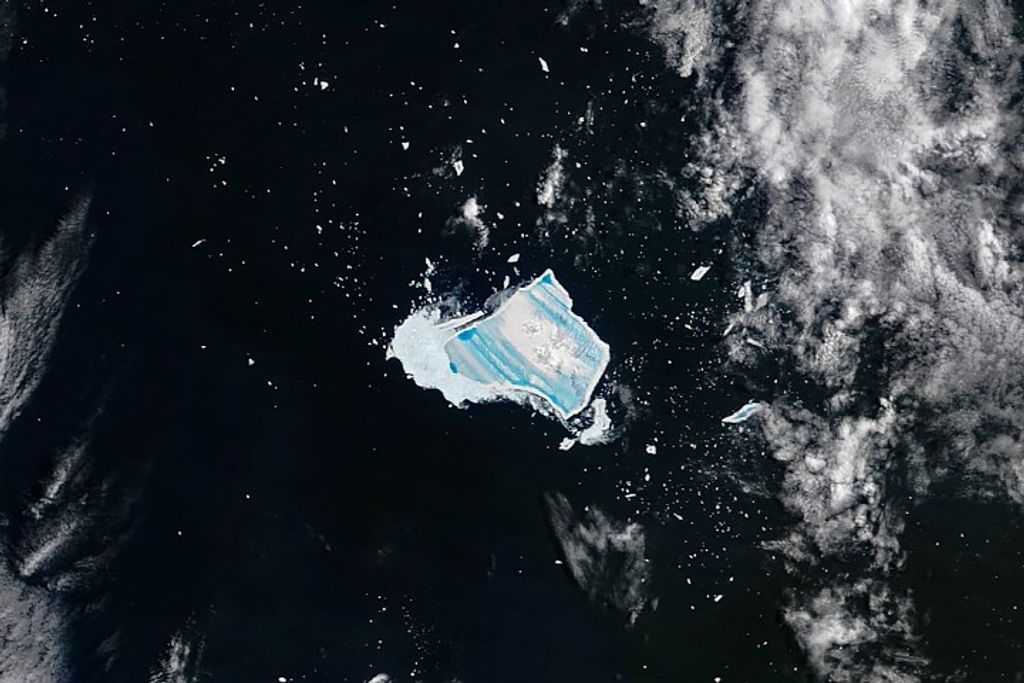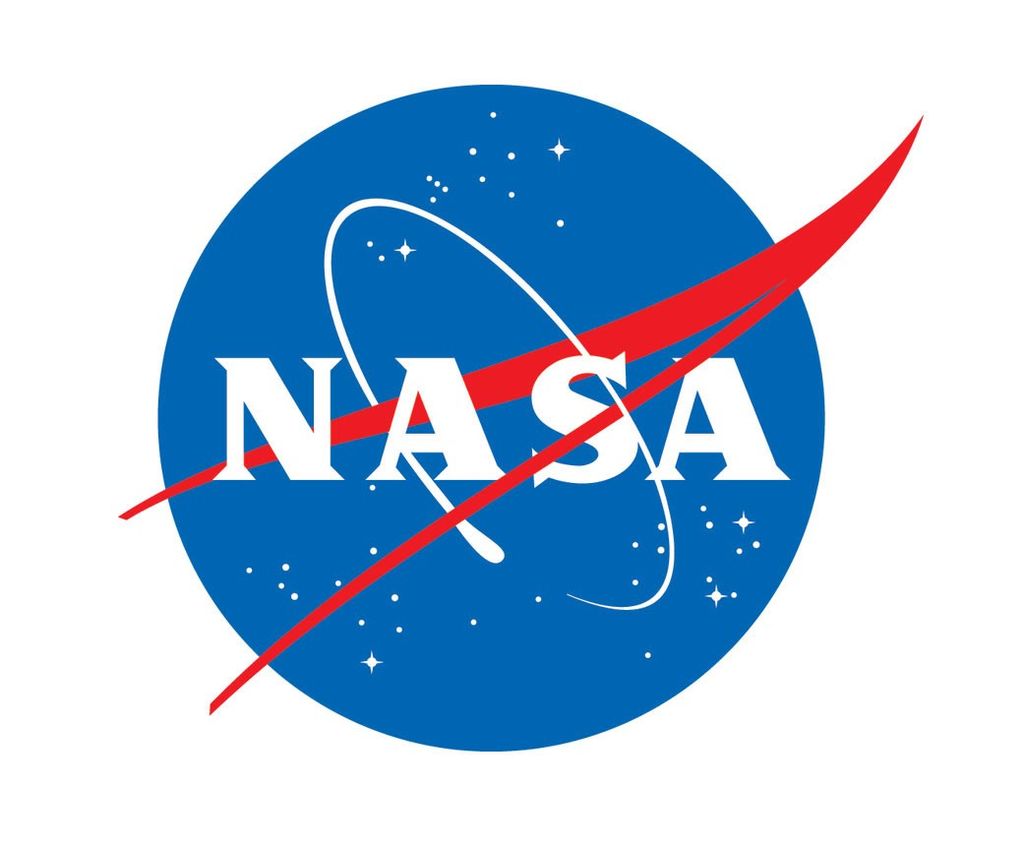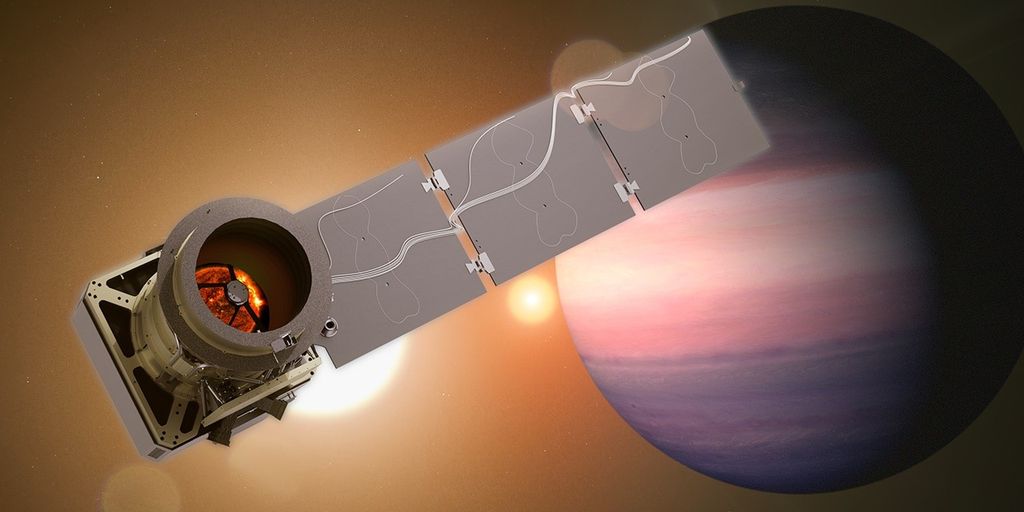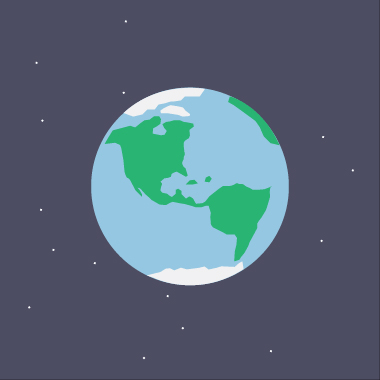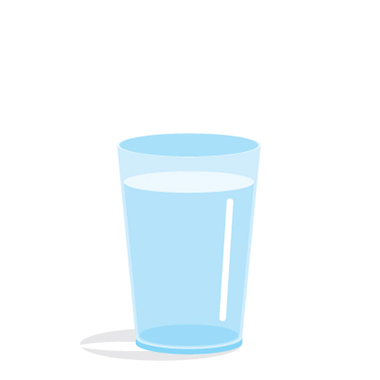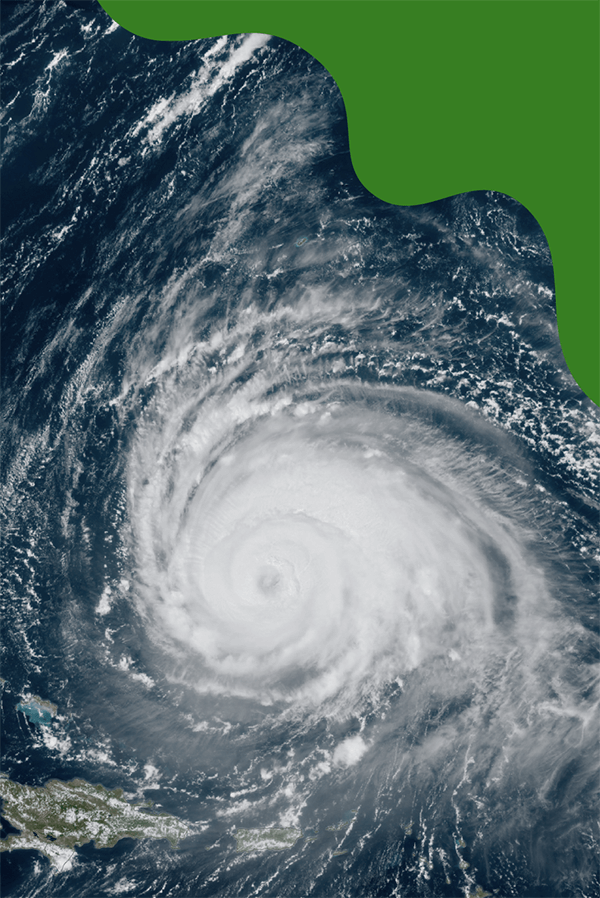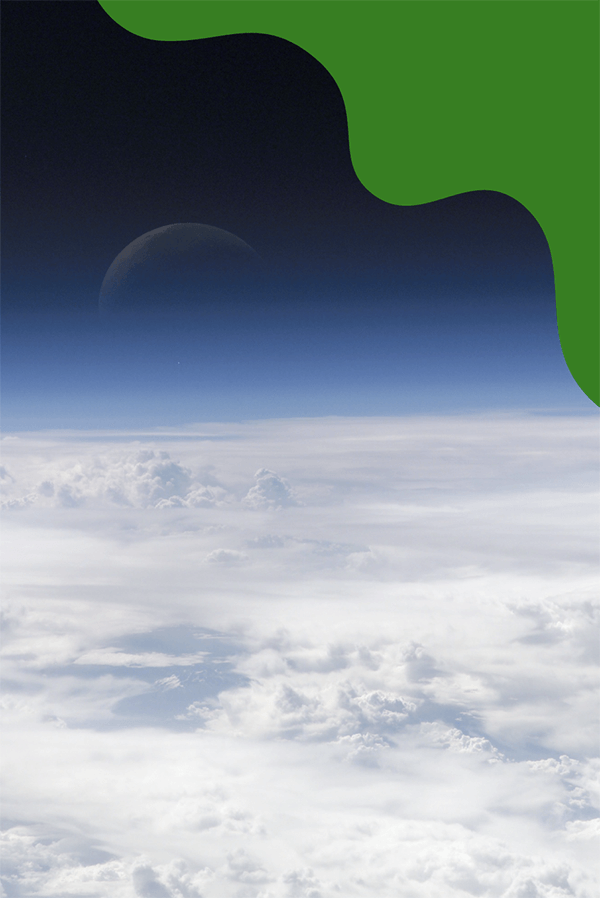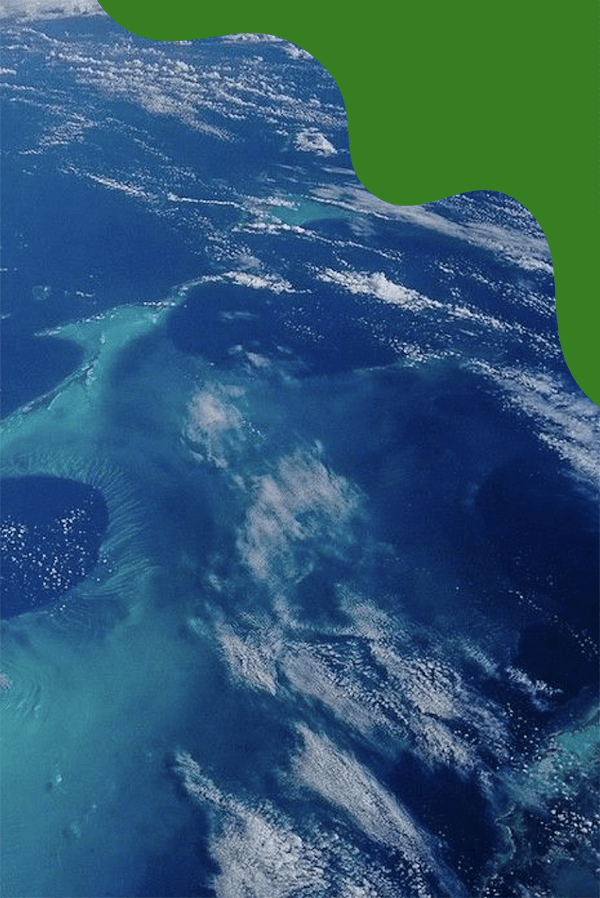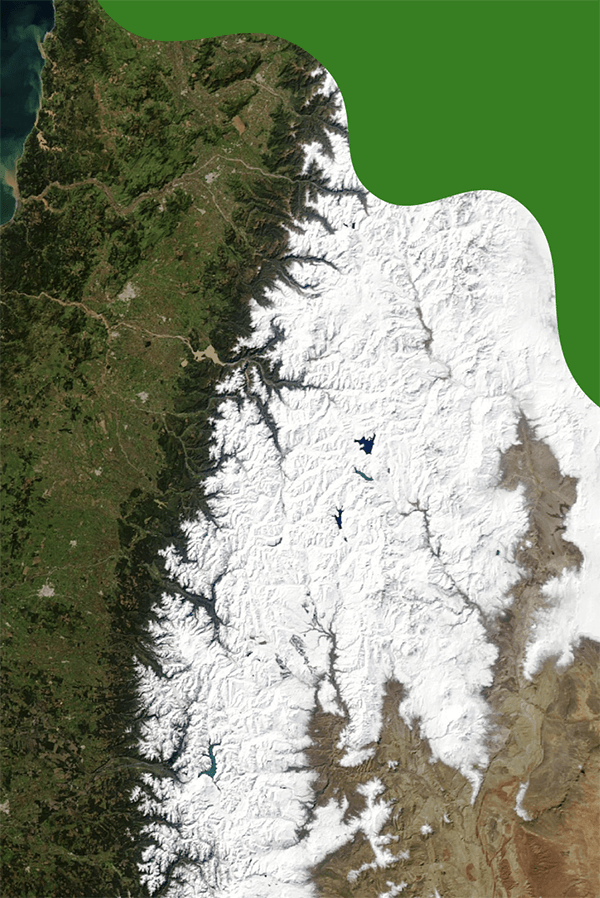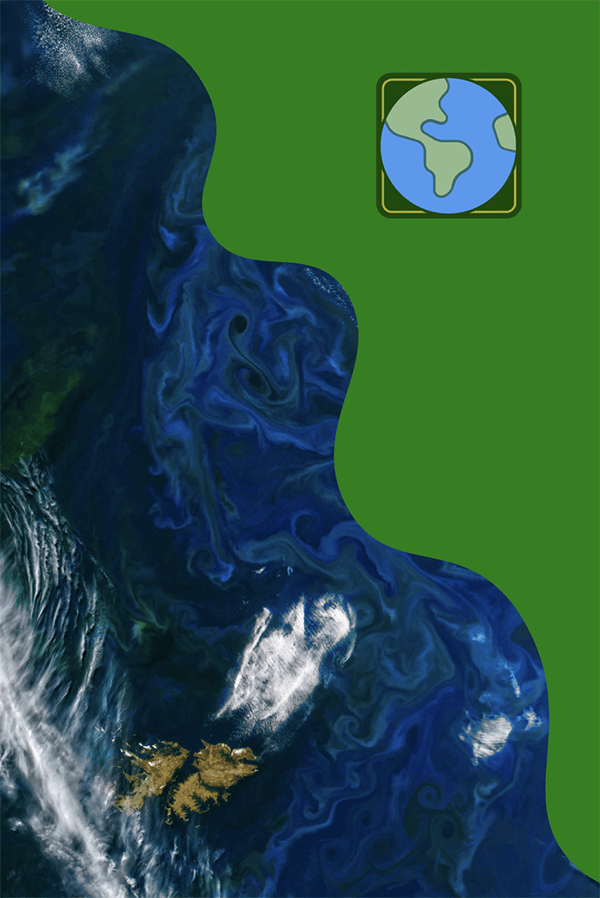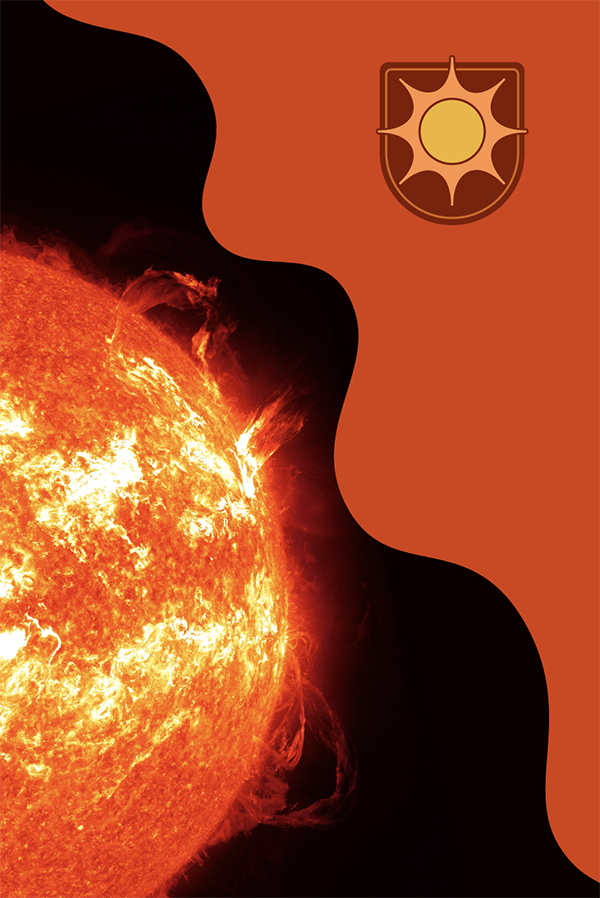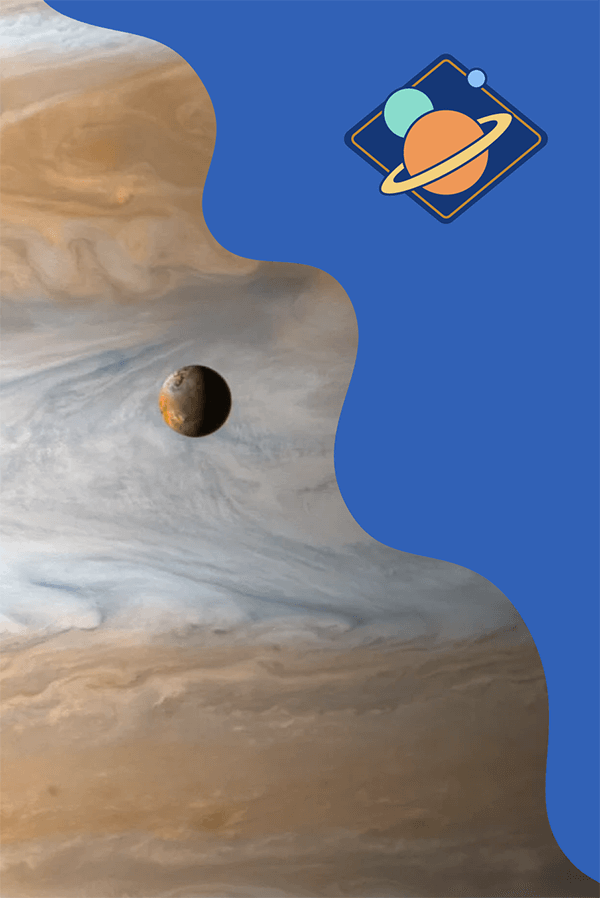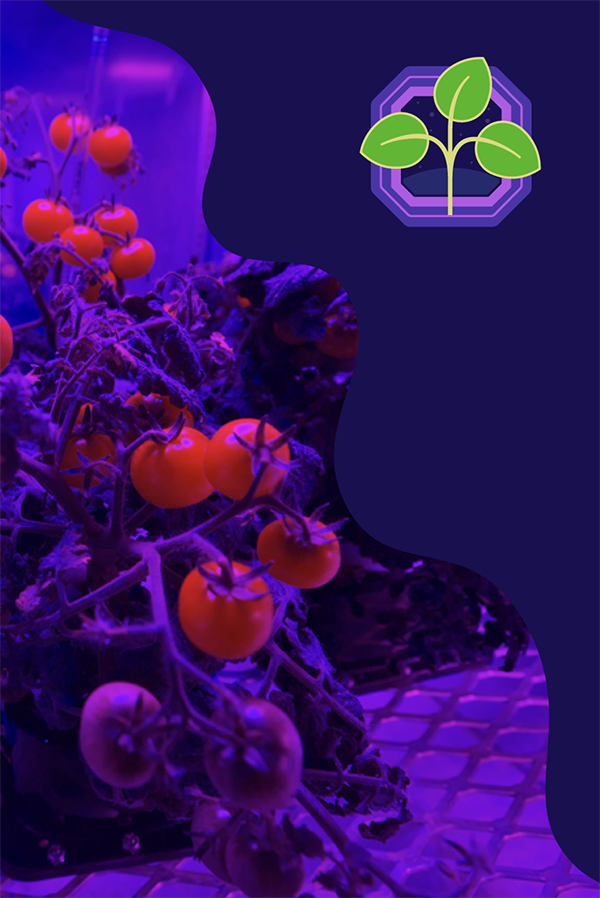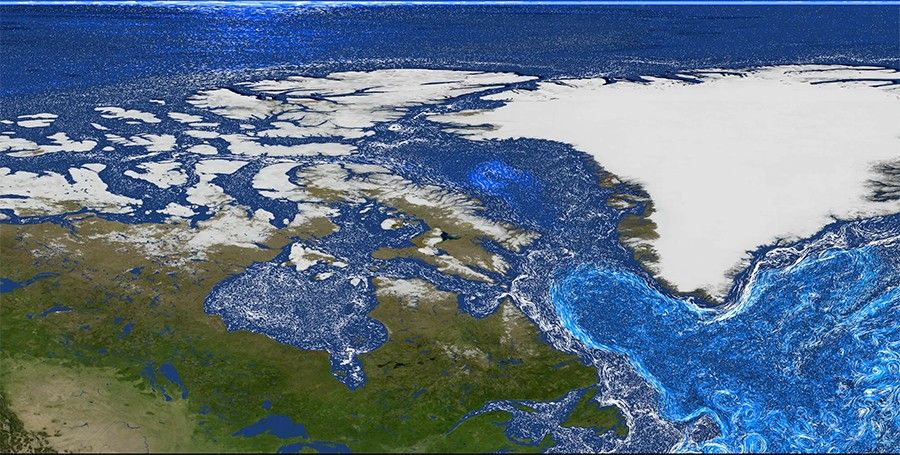

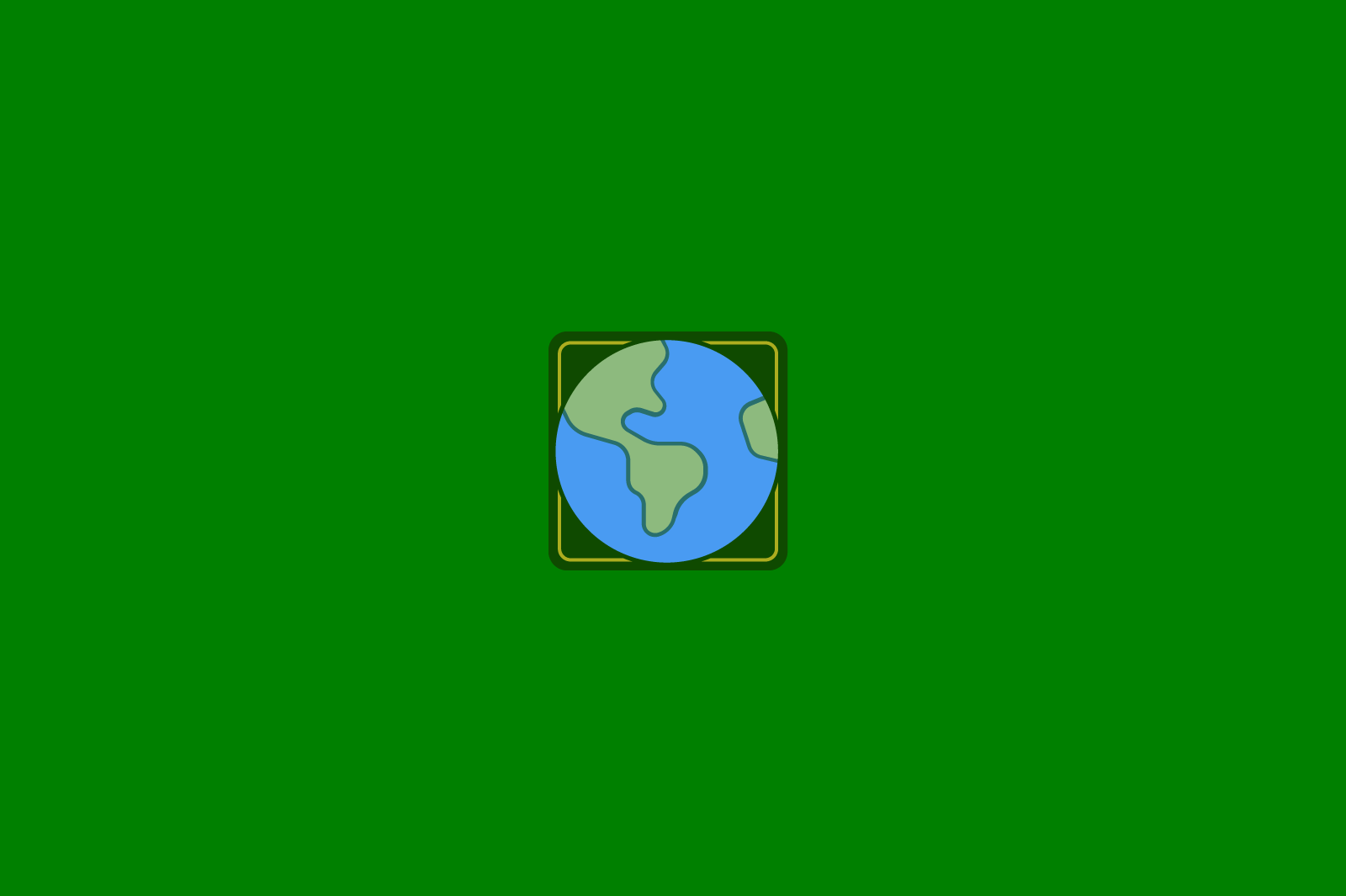
10 Interesting Things About Water
Water could be the key to finding life.
There aren’t many qualities that are true of all life on Earth, but the need for water is one of them. It’s in all living things, whether they live at the bottom of the ocean or in the driest desert. Water made life possible on Earth. Because of this, astrobiologists (scientists who search for life on other planets) think our best bet for finding life is to search for water.
Most fresh water is actually ice.
You can find Earth’s fresh water in lakes, rivers, and streams, but don’t forget water stored underground (groundwater) and in ice sheets and glaciers. Over 68% of Earth’s fresh water is locked up in ice, and another 30% is groundwater.
The amount of salt in salt water varies.
In a gallon of average ocean water, there is about ⅓ cup of salt. But it does vary. The Atlantic Ocean is saltier than the Pacific Ocean, for instance. Most of the salt in the ocean is the same kind of salt we put on our food: sodium chloride.
A lot can live in one drop of water.
There can be a lot going on in a single drop of ocean water. It can have tiny phytoplankton, or plant-like living things, and even bacteria and viruses. It could also have baby forms of animals, called larvae, or fish eggs as some examples.
Some water may have come from comets.
The rocky material that formed Earth contained some water. But that probably doesn't account for all the water we see today. Comets are mostly water ice. It’s possible that comets made regular water deliveries to Earth. It would take a lot of comets to fill the ocean, but comets could have made a contribution.
It’s really great that ice floats.
Usually when solids form, atoms get closer together to form something denser. This is why most solids sink in water. But water molecules form rings when water freezes, and all that space makes ice less dense than liquid water. This is why it floats. You can see this on Earth with sea ice, or frozen sea water. Satellites track sea ice near the poles to gain clues on how the planet may be changing.
Our bodies are mostly water.
On average, humans are made up of around 60% water. Water helps our bodies function. That’s why having clean, fresh water available to drink is so important. Satellites can track fresh groundwater and surface water all around the world. This data helps people make decisions about how to use the water available in their area.
In plants, water defies gravity.
Water has an interesting characteristic. It’s sort of “sticky.” That’s why water forms round droplets. This “stickiness” helps get water from the roots of plants up to the leaves. Water molecules travel up thin straws in the plant — called xylem — by holding onto each other and to the walls of the tube. They’re pulled upwards as water evaporates into the air from the leaves at the top. This process is called transpiration, and satellites measure it to keep an eye on the health of Earth’s trees and crops.
We get to see water in three different states!
We experience water in all three states: solid ice, liquid water, and gas water vapor. That’s actually pretty unusual. While all substances can be solid, liquid, or gas, a lot of them only change states at extreme temperatures. Even cooler, satellites measure water on Earth in all its states! Tracking water helps us see our dynamic planet in action.

